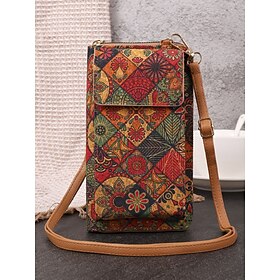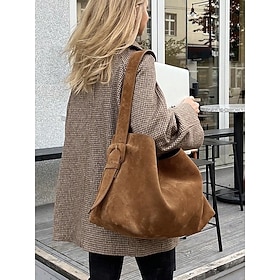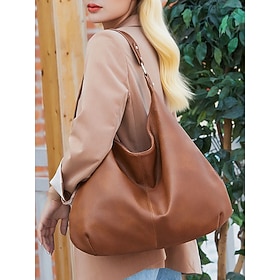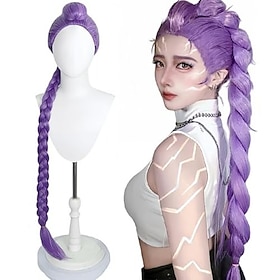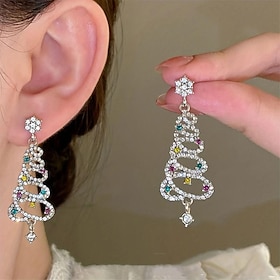A brief overview
Fashion has always referenced contemporary events, movements, and wars. The development of style and clothing has long been linked to social and political development, as well as the changing of power, ideology, and identity. Following is a look at how conflict and cultural movements have impacted how we dress throughout history.
WWI and the Development of Workwear for Women
World War I sparked considerable change in women’s apparel. With much of the workforce gone and women entering jobs traditionally held by men, clothing needed to be practical. With practicality, skirts became shorter, corsets became non-existent, and trousers were created and adopted as workwear. The trench coat, originally developed for officers, became a staple when women wanted style and design but needed practicality.

Courtesy of Canva
The Roaring ’20s and the Flapper Movement Postwar
The end of the war signified a new generation of women liberated by their progressive beliefs and their looks reflected this freedom. With short skirts and bobbed hair, flappers served as icons of rebellion and new cultural mores. It was not enough to look a certain part, but the look of rebellion had shifted definitions and meaning.
WWII and the Utility Age
The onset of WWII shifted to utilitarian wear as there was no more silk, nylon, wool, and other materials being directed to the war effort. Fashion moved to simpler styles referring to rock and roll musicians. The End of the war signified a shift and the dramatic return of cloth. Christian Dior’s “New Look” ushered in a new era of feminine glamour as dresses cinched the waistline and flowed outwards for beauty.

Courtesy of Canva
The Revolutionary ’60s
The ’60s were a revolutionary time for politics and fashion. Fashion reflected the protests of the time including women’s liberation, civil rights and the anti-war movements. Fashion was a method of protest: bellbottoms represented dissatisfaction against mainstream mores, peace-sign T-shirts expressed dissent against war, and mini skirts expressed class. All became acceptable fashion norms.
The ’80s: Punk Rock Rebellion
The ’80s saw the collision of punk via British punk rock and all it had to offer: ripped clothing, safety pins, leather jackets, and new hairdos and statement clothes. Punk represented a major visual rebellion of all that is mainstream, it was its own statement. It engaged the youth in primary visual slim-cut fashion against the defeat of listing and the status quo.

Courtesy of Canva
Century of digital and diversity
At the dawning of a digital age, the world of fashion has never been as democratic as it is today. Influencers’ positive push to represent trends on social media, sustainability on the rise, or the improvement of gender fluidity as an aesthetic. Other political movements, such as Black Lives Matter, have expressed their opinions via on T-shirts and relate their T-shirt messages to their money or their voices.
Fashion: A Living Timeline
Fashion is never just about how we wear our clothes, but how we have experienced the times. A retrospective look at fashion history has demonstrated there is little difference, of course in aesthetics, in the way wars, revolutions, or cultural movements have changed the political, fabric, silhouette, and stylistic sensibility.
With some creative thinking, fashions and attitudes toward fashion are much more than a singular event or idea; clothes change when our collective memory, our identities are replaced with the spirit and meanings of each generation.










